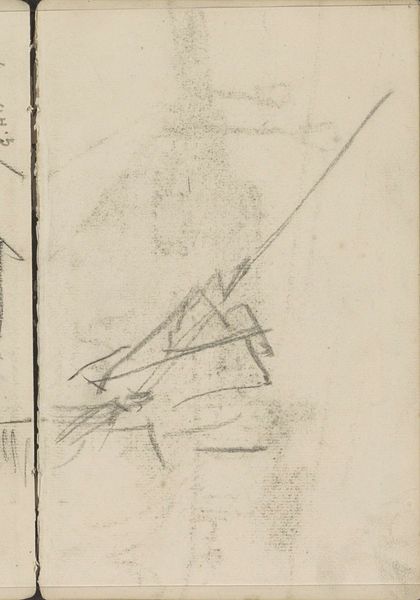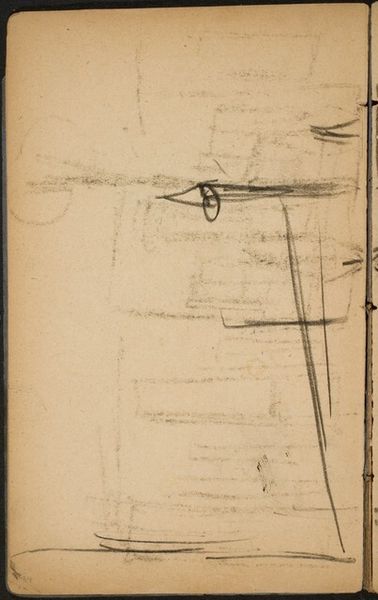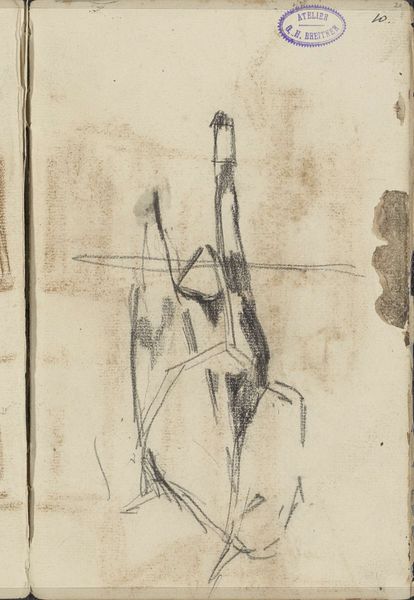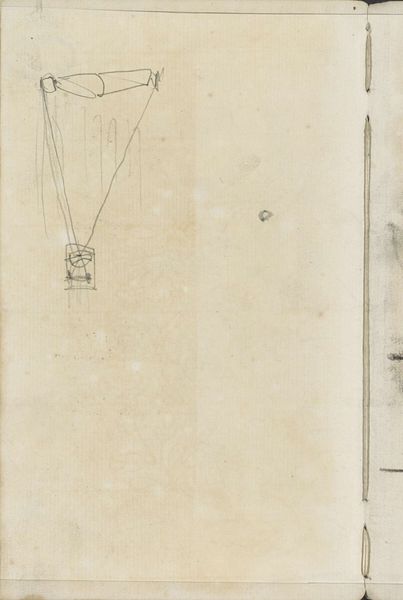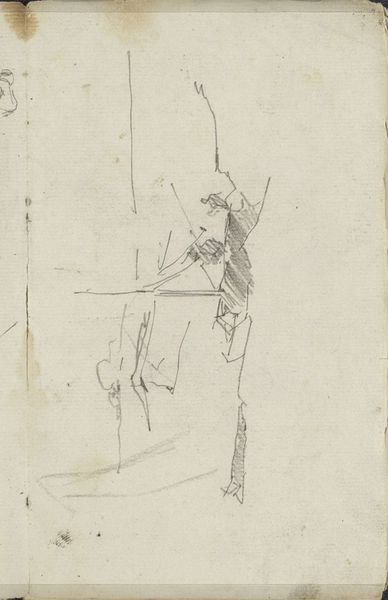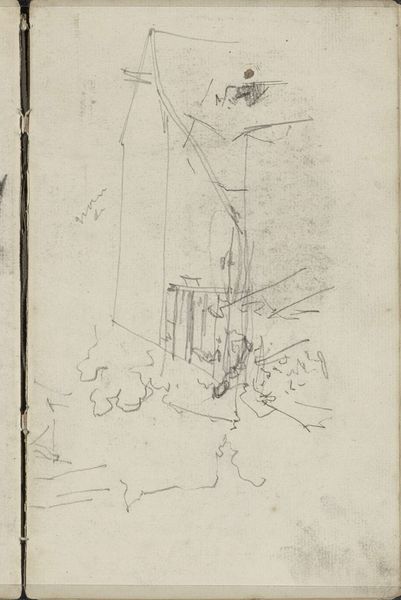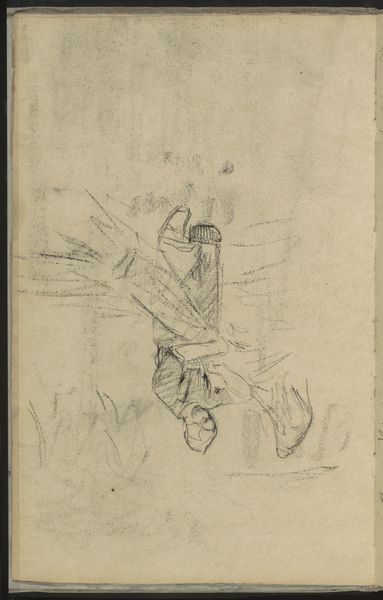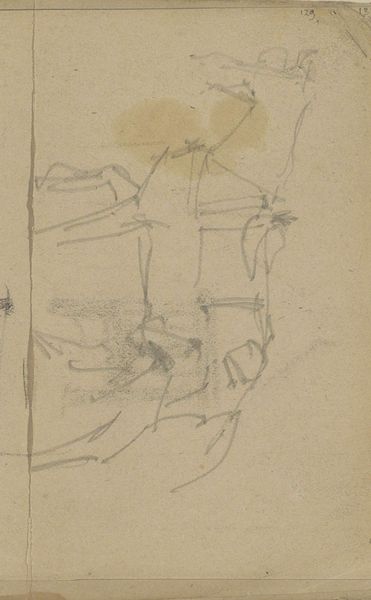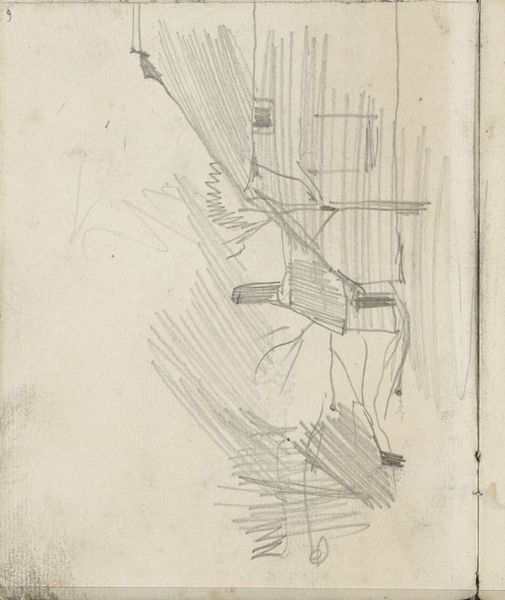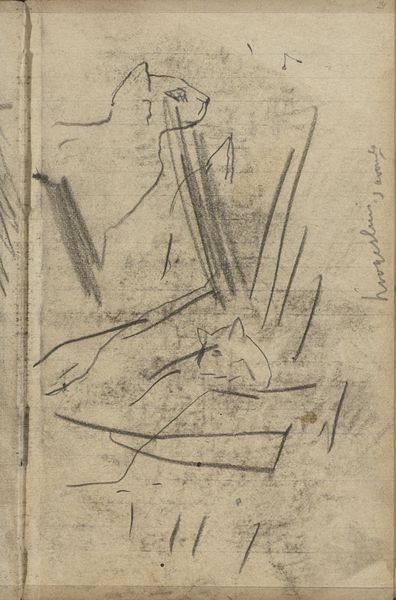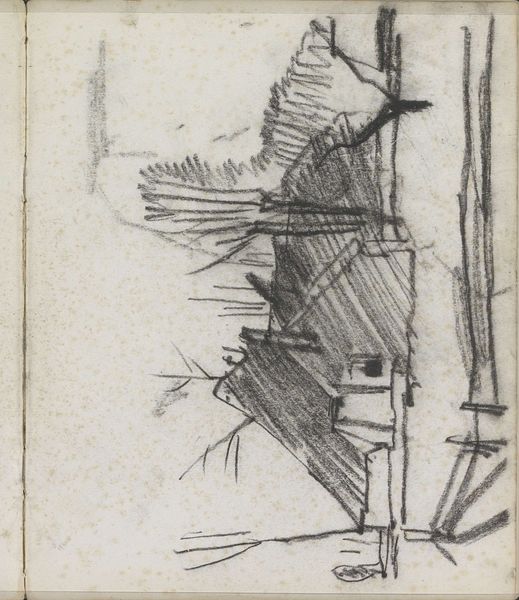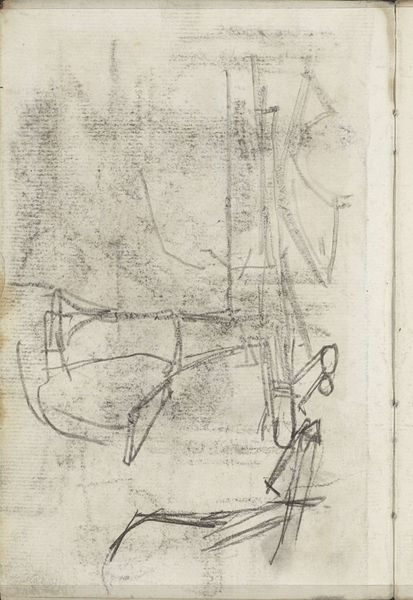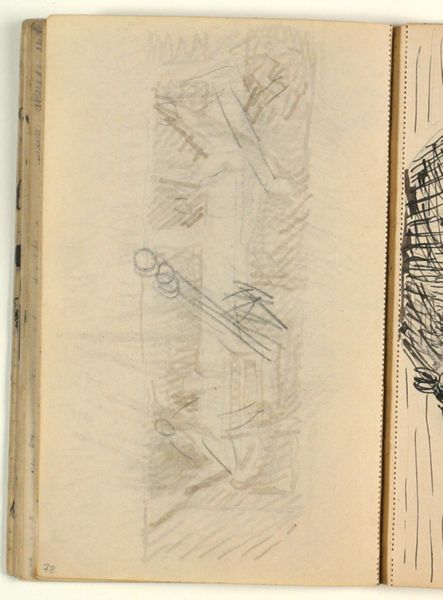
drawing, charcoal
#
portrait
#
drawing
#
figuration
#
charcoal
Copyright: Rijks Museum: Open Domain
Editor: So, this charcoal drawing, “Staande vrouw met een hoed” by Carel Adolph Lion Cachet, from around 1890, immediately strikes me with its fragmented quality. The figure is barely there, just a suggestion of form. What do you make of it? Curator: This piece gives us insight into the development of portraiture in the late 19th century, moving away from strict representation towards capturing a sense of modernity and the fleeting nature of contemporary life. How does this departure align with changing social roles, particularly for women in that era? Editor: I guess it does seem like she's fading away, like a ghost, instead of a solid, powerful figure. Was portraiture a political statement back then? Curator: Absolutely. The public role of women was under constant negotiation. Art served as both a reflection and a battleground for these discussions. Consider the charcoal medium itself - immediate, somewhat messy – what implications might the artist be conveying by choosing this rather than a more ‘refined’ medium? Editor: Maybe the charcoal adds to that feeling of something incomplete or still in progress? Like this is just a glimpse of her? Curator: Precisely! The sketchiness democratizes the portrait; is this 'every woman', not just an idealized one? Editor: That's a great way to put it. Thinking about the historical context really shifts how I see the image, it makes me think of the changing perception of women in society, more than just a portrait. Curator: And isn't that the exciting part? History and society are inseparable from how we see and understand art. Editor: I agree, I learned to look at a painting's 'backstory'. Thank you!
Comments
No comments
Be the first to comment and join the conversation on the ultimate creative platform.
